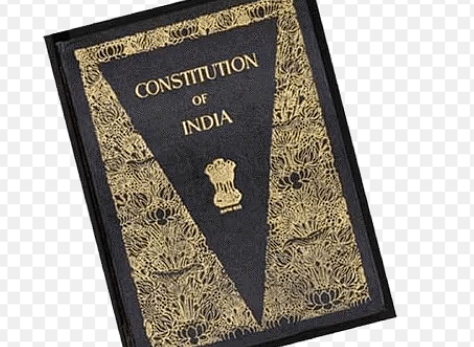Article 355 of the Indian Constitution
Article 355 mandates the Union to protect every state against external aggression and internal disturbances. This article is part of the emergency provisions outlined in Part XVIII of the Constitution, which spans Articles 352 to 360. Recently, the Supreme Court of India addressed a petition seeking the invocation of Article 355 in West Bengal. This was in response to violence during protests against the Waqf Amendment Act. The Court’s comments brought into light the delicate balance between judicial authority and executive functions. The situation puts stress on the complexities involved in applying Articles 355 and 356 in contemporary governance.
Purpose of Article 355
The primary purpose of Article 355 is to ensure that the government of each state operates in accordance with the Constitution. It empowers the Union government to intervene when a state’s governance is compromised. This provision is vital for maintaining the integrity of the state and the Union.
Relation to Article 356
Article 355 is intrinsically linked to Article 356. The latter allows the President to assume control of a state’s government when there is a failure of constitutional machinery. This process is commonly referred to as ‘President’s Rule’. The invocation of Article 356 can occur under specific circumstances, as outlined in Article 355.
Grounds for Imposition of President’s Rule
President’s Rule can be proclaimed under two main grounds. First, if the President believes that a state government cannot function according to the Constitution. Second, if a state fails to comply with directives from the Union government as per Article 365. These grounds ensure that the Union can act swiftly in times of crisis.
Parliamentary Approval and Duration
A proclamation of President’s Rule must receive approval from both houses of Parliament within two months. If approved, it can remain in effect for six months. However, it can be extended with parliamentary approval. This requirement ensures that the imposition of President’s Rule is subject to legislative oversight.
Consequences of President’s Rule
When President’s Rule is imposed, the President gains extraordinary powers. He or she can assume the functions of the state government. The President can also legislate for the state and suspend constitutional provisions related to state authorities. This centralised control is intended to restore order and governance.
Judicial Review and Amendments
The 38th Amendment of 1975 made the President’s satisfaction in invoking Article 356 final and beyond judicial review. However, this clause was repealed by the 44th Amendment in 1978. Consequently, the Supreme Court can now review the President’s decision to impose President’s Rule, ensuring accountability.
Month: Current Affairs - April, 2025
Category: Legal & Constitution Current Affairs








